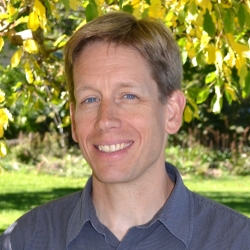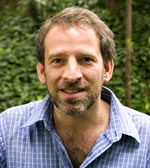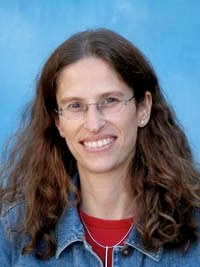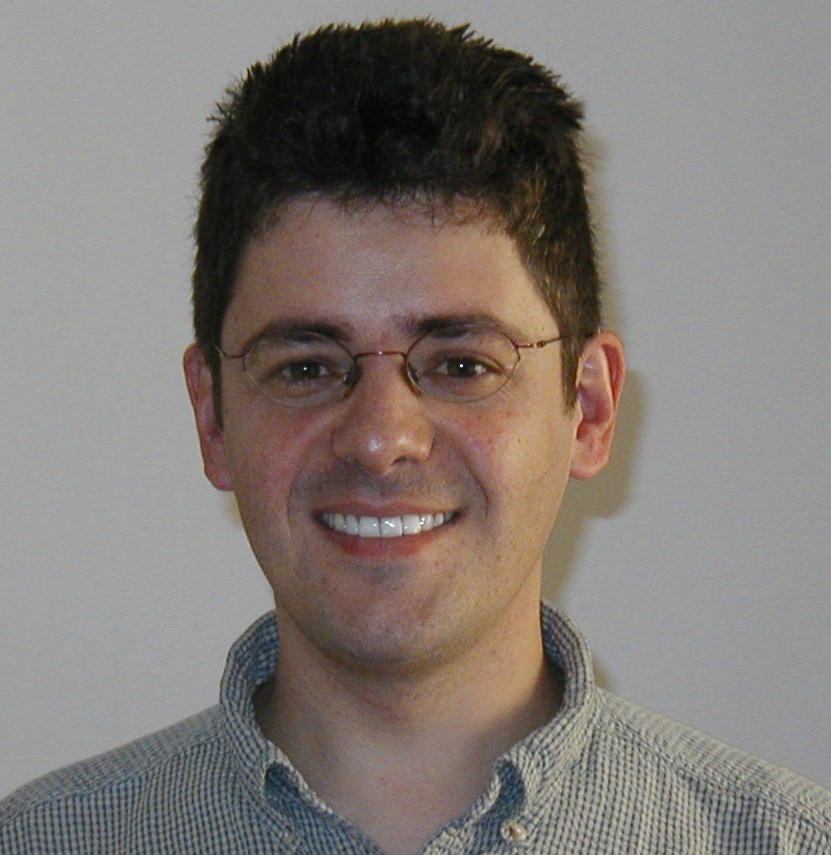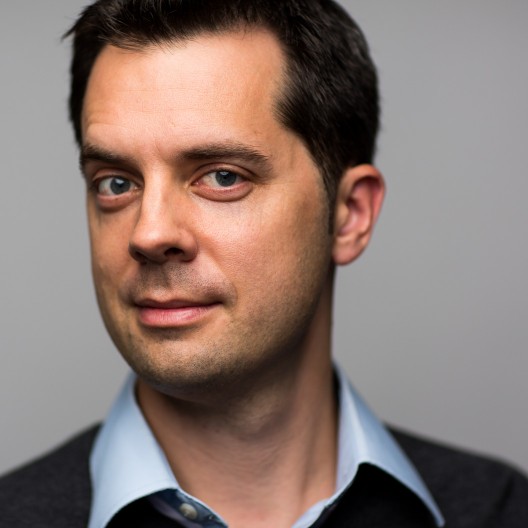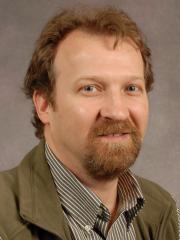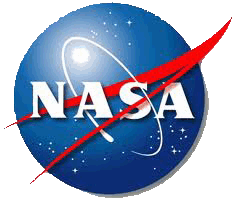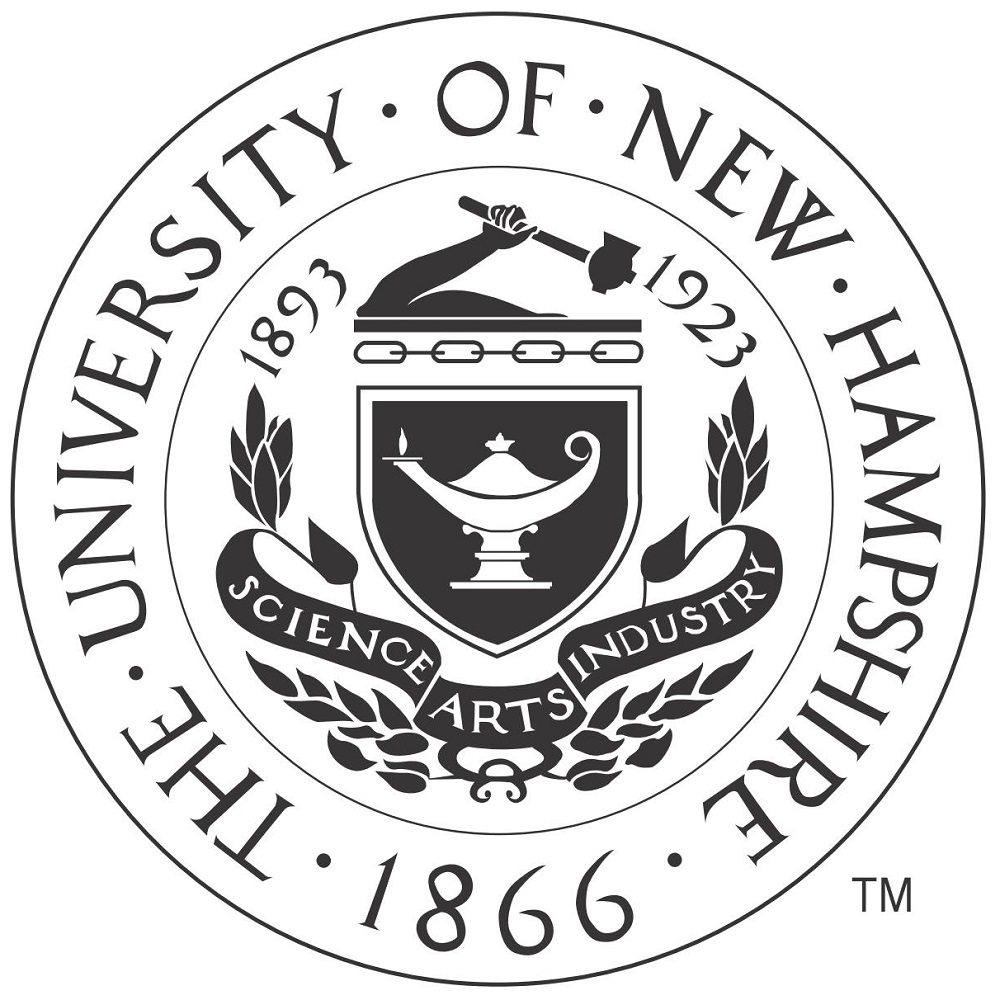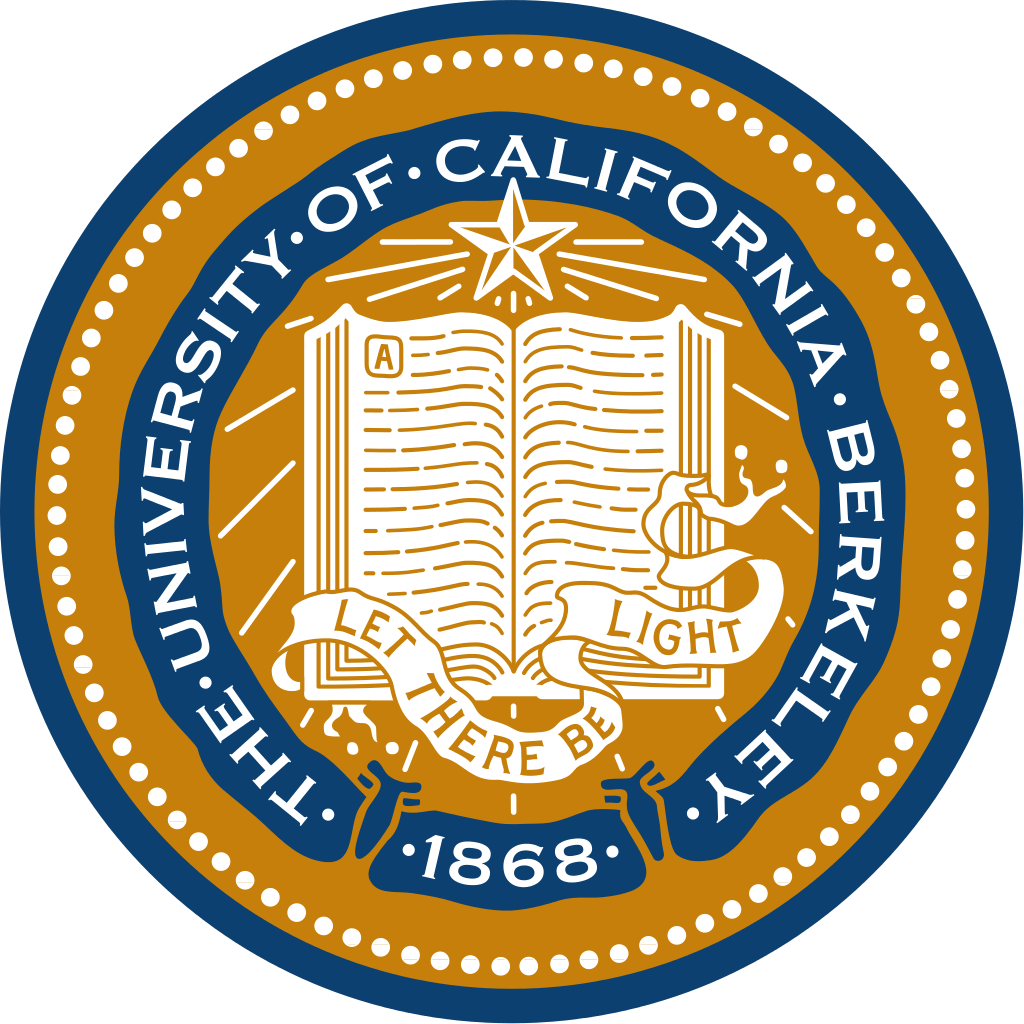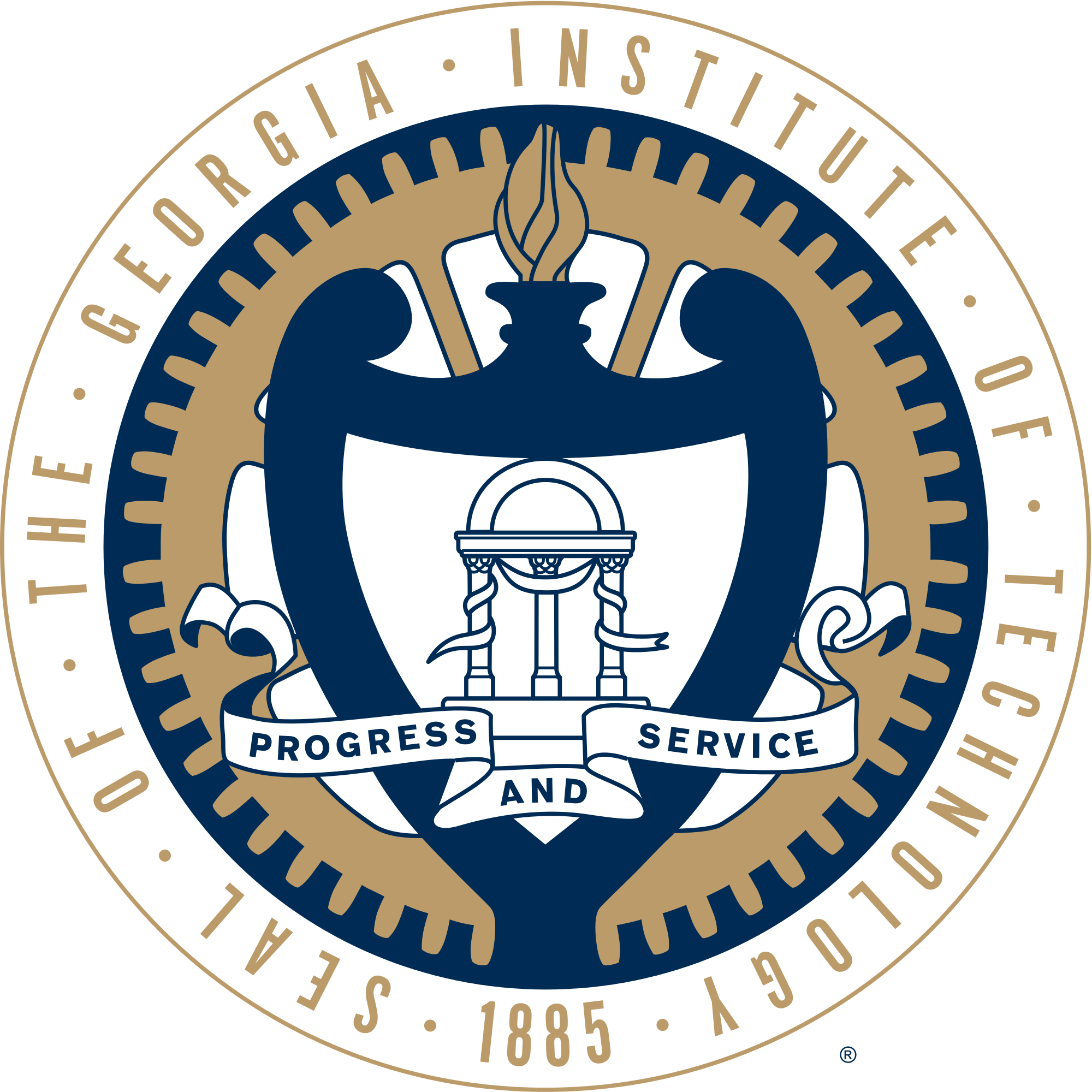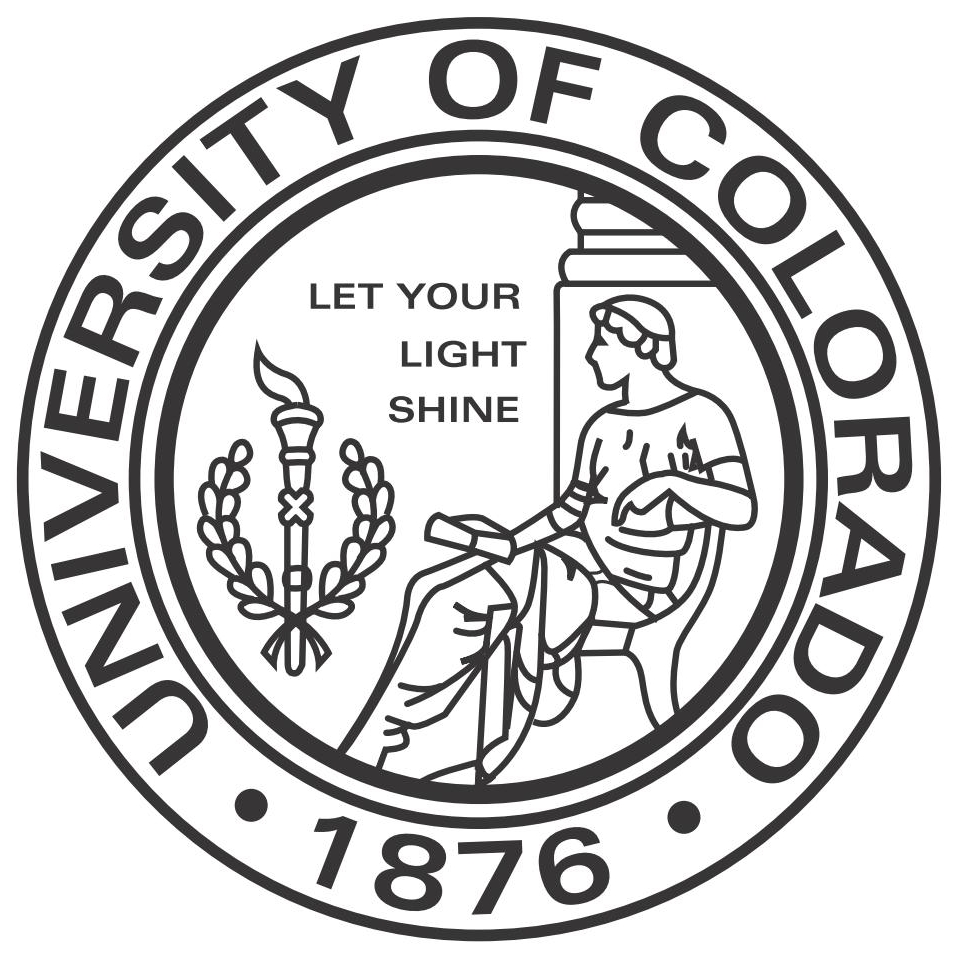Principal Investigators
Joel Thorton :: University of Washington
 Joel Thornton is an atmospheric scientist who studies the impacts of energy generation on air quality and climate. Much of his research focuses on the fate and effects of nitrogen oxide radicals in the atmosphere. More than 65% of atmospheric nitrogen oxide radicals are emitted by human-induced combustion for transportation and energy production. Once in the atmosphere, these molecules catalyze ozone production, and regulate the conversion of volatile organic compounds into particulate matter. As a result, another focus of his research is how energy production affects the formation and growth of atmospheric particles. Ozone and particulate matter have important health effects, and impact climate through greenhouse gas lifetimes and Earth’s radiation budget. He has received a NSF CAREER Award and a NASA New Investigator Award, given to young researchers who show exceptional promise. He also received the Houghton Award from the American Meteorological Society, given in recognition of research achievement in the field of physical meteorology.
Joel Thornton is an atmospheric scientist who studies the impacts of energy generation on air quality and climate. Much of his research focuses on the fate and effects of nitrogen oxide radicals in the atmosphere. More than 65% of atmospheric nitrogen oxide radicals are emitted by human-induced combustion for transportation and energy production. Once in the atmosphere, these molecules catalyze ozone production, and regulate the conversion of volatile organic compounds into particulate matter. As a result, another focus of his research is how energy production affects the formation and growth of atmospheric particles. Ozone and particulate matter have important health effects, and impact climate through greenhouse gas lifetimes and Earth’s radiation budget. He has received a NSF CAREER Award and a NASA New Investigator Award, given to young researchers who show exceptional promise. He also received the Houghton Award from the American Meteorological Society, given in recognition of research achievement in the field of physical meteorology.
>> Read more
Steve Brown :: National Oceanic and Atmospheric Administration

Dr. Brown received a Ph. D. in chemical physics with Professor Fleming Crim at the University of Wisconsin-Madison. He came to NOAA in 1997 as an NRC post-doctoral fellow working with Dr. A. R. Ravishankara, was a Research Scientist with CIRES at the University of Colorado from 2000 - 2005, and has served as a federal Research Chemist since then. His major research theme at NOAA has been the chemistry and impacts of nitrogen oxides in the Earth's atmosphere. His initial research was on laboratory studies of stratospheric nitrogen oxide kinetics; more recently his focus has been on field measurements of tropospheric nitrogen oxides, particularly those that occur in the dark ("nighttime chemistry"). His other main research interest has been the development of high sensitivity optical instrumentation for laboratory and field studies of atmospheric trace gases and aerosols.
>> Read more
Lyatt Jaegle :: University of Washington

Since the Industrial Revolution, people have been pumping all manner of pollutants into the air, and chemist Lyatt Jaeglé has spent her career trying to figure what that means for the atmosphere. Through a combination of modeling and observations, she studies how air pollution from Asia makes its way across the seas to North America, how aerosols can affect the Arctic, and the ways that the mercury cycle has changed due to increased coal usage. She has received numerous awards throughout her career for her work, including both the prestigious NSF Faculty Early Career Development Award, and a NASA New Investigator Award.
>> Read more
Jose-Luis Jimenez :: University of Colorado, Boulder

The Jimenez group’s research centers on the development and application of advanced instrumentation for real-time, quantitative measurements of the size, chemical composition, and morphology of submicron aerosols. We care about atmospheric aerosols for many reasons, including their effect on radiation balance (climate forcing), severe short-term and long-term effects on human health, reduced visibility, and acid deposition ("acid rain"). Most of these effects are not well understood, in good part due to the limitations of the instrumentation available. Advanced instrumentation can be used to make much faster progress in many of these areas. Aerosols are also important for other applications such as nanomaterials fabrication and pharmaceutical drug delivery.
>> Read more
Ronald Cohen :: University of California, Berkeley

Professor Cohen's research focuses on developing and applying new experimental and modeling strategies for understanding the chemical composition of the Earth's atmosphere now and in the past and for predicting future changes. Current research focuses on the role of nitrogen oxides and on water droplet evaporation kinetics. Laboratory, ground-based, airborne, and space-based measurements are combined with modeling to understand the atmospheric residence time of nitrogen oxides, their impact on oxidants on regional and global scales, their interactions with the biosphere and their consequences for aerosol properties. Laboratory studies of droplet evaporation are used to understand cloud formation and properties. Development of instrumentation that permits detection of previously unobserved chemicals or those chemicals whose distribution is poorly quantified continues to be at the core of this research program.
>> Read more
Rodney Weber :: Georgia Institute of Technology

Dr. Weber's teaching and research interests include tropospheric aerosol particles and development of particle measurement systems.
>> Read more
Collaborating Agencies
 |
 |
Collaborating Universities
 |
 |
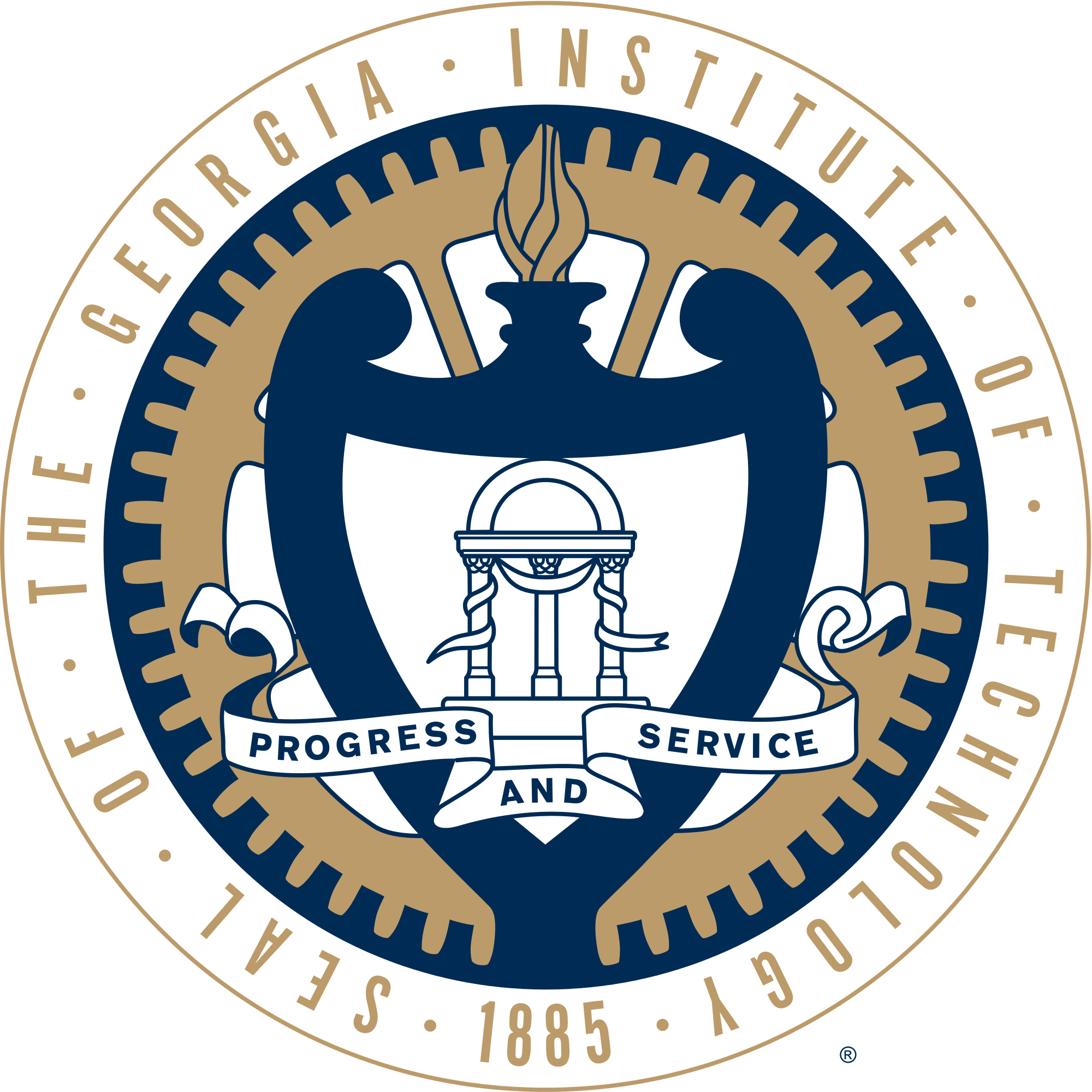 |
 |
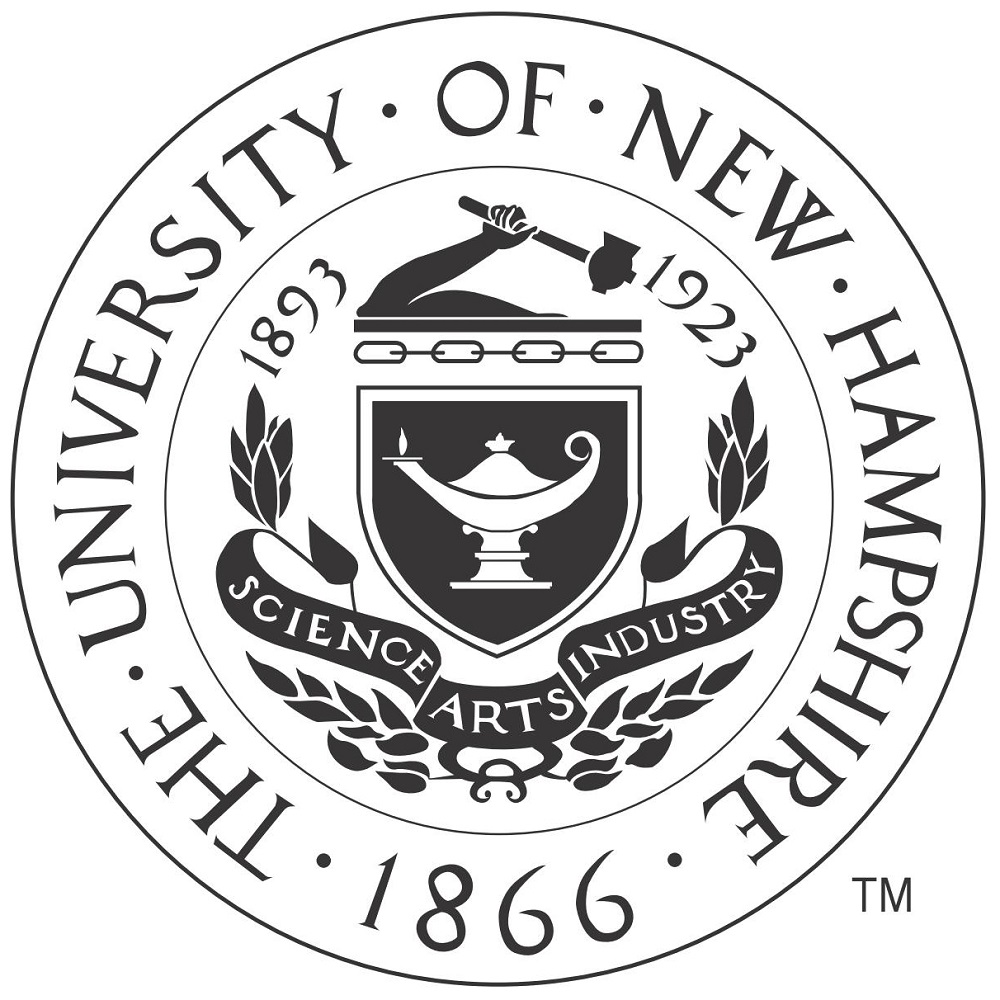 |
 |
 |
Dataset Documentation Requirements
